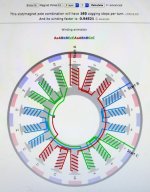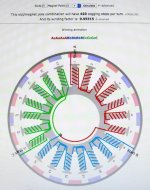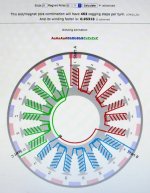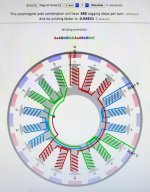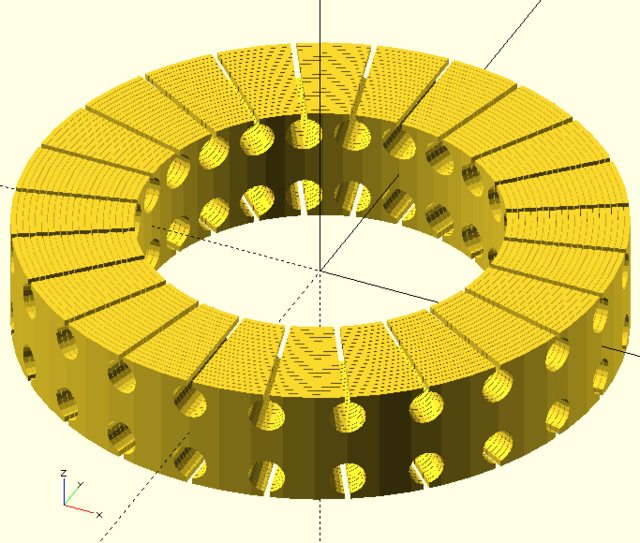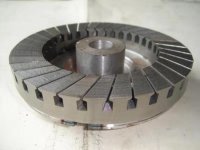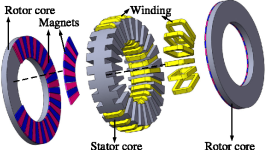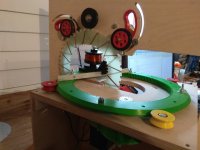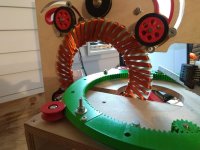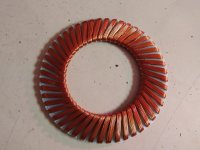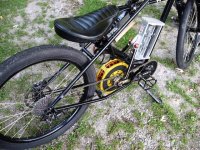APL
100 kW
- Joined
- Aug 6, 2018
- Messages
- 1,113
I've been trying to get some power readings for the current Crystalyte set up on the Cruiser I'm ridding
now,.. to be compared with the Axial Del Oro motor once I have it installed.
Trying to find a windless day has been difficult though, so for the moment, I have to average a bit.
Readings are all in the same first gear.
Some preliminary readings are; 75 - 90 watts with wind on the flats. 110 - 135w into wind. 21mph. spd.
Not a strong wind. (10-12mph?)
On a quarter mile average country hill, it will drop down to 18mph, and use about 230w.
If I floor it at full throttle, it will spike at about 500w.
So that will at least give me something to compare the axial with,.. for what it's worth. Now I can switch
the two motors around and see what happens.
After that, I think I'm going to get another $30. spool of copper, and double the windings, just to see where
that leads.
Then, it's time for a complete tear down. I'll order up some Garolite, for the new composite plates, and
get started on making them. Plus, it will give me a chance to fix the axle, and give 'ol' lumpy' a nice
straight spin. :thumb:
now,.. to be compared with the Axial Del Oro motor once I have it installed.
Trying to find a windless day has been difficult though, so for the moment, I have to average a bit.
Readings are all in the same first gear.
Some preliminary readings are; 75 - 90 watts with wind on the flats. 110 - 135w into wind. 21mph. spd.
Not a strong wind. (10-12mph?)
On a quarter mile average country hill, it will drop down to 18mph, and use about 230w.
If I floor it at full throttle, it will spike at about 500w.
So that will at least give me something to compare the axial with,.. for what it's worth. Now I can switch
the two motors around and see what happens.
After that, I think I'm going to get another $30. spool of copper, and double the windings, just to see where
that leads.
Then, it's time for a complete tear down. I'll order up some Garolite, for the new composite plates, and
get started on making them. Plus, it will give me a chance to fix the axle, and give 'ol' lumpy' a nice
straight spin. :thumb:


